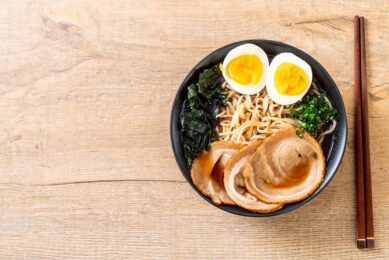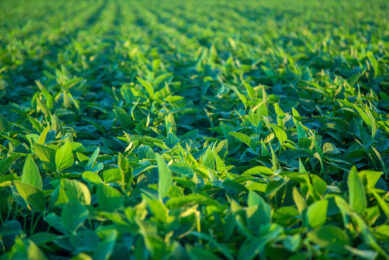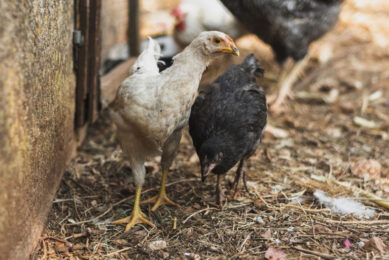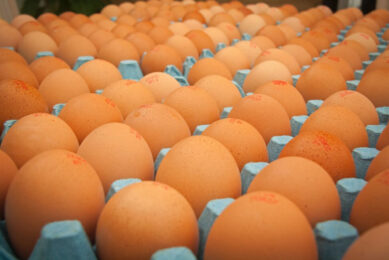Japan’s household demand for chicken holds firm
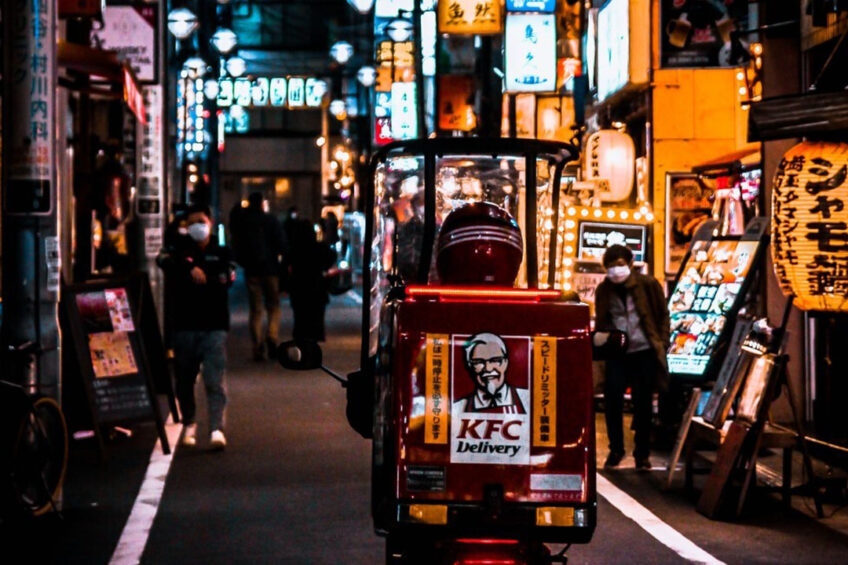
The highly pathogenic avian influenza outbreak in Japan, the first outbreak reported in November 2020, and the Covid-19 pandemic have impacted the country’s poultry sector. But, domestic demand has stood firm, and the sector is rebounding.
A series of highly pathogenic avian influenza (HPAI) outbreaks resulted in approximately 10.1 million birds – about 1 million (0.7%) broilers and 9 million (5%) layers – being culled. But, as the poultry industry in Japan slowly recovers, it is projected that chicken production in 2022 will increase just 1% compared to 2021. Broiler production has also been boosted by continuing strong household demand along with expected post-Covid demand recovery among eat-in restaurants and the tourism industry.
Bigger broiler operations increasing
The Ministry of Agriculture, Forestry and Fisheries notes that as of 1 February 2021, Japan had 2,180 broiler operations, down 3% from 2019. This is a result of smaller operators continuing to exit the market, and so the number of broiler operators rearing 300,000 or more heads is on the rise through consolidation and business expansion.
Foodservice and household categories dominate poultry consumption
Japan’s poultry consumption is comprised as follows:
– Food service: 53%
– Household: 40%
– Food processing: 7%
It is projected that Japan’s 2022 chicken consumption will continue to increase as foodservice demand begins to recover following the national Covid-19 vaccination campaign and an expected easing of travel restrictions.
Chicken finds its way onto more Chinese plates
China’s chicken meat production and consumption will continue to grow in 2021, but at a slower pace than 2019. Read more…
Foodservice consumption
The Covid-related state of emergency and the measures that have been put in place in Japan have had a significant impact on tourism and the food service industry due to restrictions placed on the hotel, restaurant and institutional food sector. The impact of the pandemic has differed across specific sectors of the Japanese foodservice industry, which largely relies on imported chicken.
Fast-food stay steady
Western-style fast-food, such as fried chicken, restaurants have maintained high sales because these establishments have been well-positioned to offer takeout meals throughout the pandemic. Their primary customers are families with children and students whose eating patterns have been less affected by the ongoing restrictions. Kentucky Fried Chicken, for example, posted record sales in 2020 in Japan and increased its sales by another 9% from January-June of 2020 compared to the same period in 2021. On the other hand, other restaurant categories have struggled during the pandemic, and the 2021 recovery of eat-in restaurants has been slower than anticipated.
Biosecurity breaches a major factor in disease outbreaks
In intensive livestock farming, a good biosecurity protocol is essential. Also, it is not difficult to implement, and the human factor poses the greatest risk. Reports from Japan note that most poultry farms hit by avian flu since last year could attribute the outbreaks to human error. Read more…
Solid household consumption of chicken and eggs
Japan’s household demand for chicken and eggs has remained strong and steady from 2019 through the first half of 2021. In addition, during multiple stay-home requests, Japanese consumers greatly relied on primarily domestic chicken and eggs to meet their protein demands.
Japanese poultry preferences
Traditionally, there is a stronger preference for chicken leg meat over breast meat in Japan, but chicken breast is gaining popularity as a healthy food option. Industry sources indicate that strong household demand for domestic bone-less legs and chicken breast kept broiler prices high for the first half of 2021. The price of chicken breast, in particular, has stayed high since October 2020.
Price hikes for eggs following HPAI
The culling, as mentioned above, led to price spikes for eggs in the first half of 2021. However, in terms of meat, chicken meat derived from spent hens represents only 10% of Japan’s total chicken production, so the culling had a limited impact on Japan’s chicken production.
Japan’s trade markets settle after HPAI
It is estimated that Japan’s 2021 chicken imports will be approximately 2% above 2020 import levels. And, as the impact of Covid-19 wanes and Japan’s foodservice demand rebounds, it is projected that Japan’s 2022 chicken imports will be up 1% from 2021. Japanese food industries generally prefer to import bone-less and cut chicken as well as prepared products from Thailand.
Japan’s 2022 chicken exports are expected to rebound as the domestic poultry industry recovers from the HPAI outbreaks. After Japan first reported the outbreak in November 2020, Hong Kong, Vietnam, Singapore and Macao suspended Japanese exports from the 18 affected prefectures, and so Japan’s chicken exports in the first half of 2021 fell by 50% from 2020 levels. However, all HPAI-related import restrictions on Japanese poultry products have been lifted by Japan’s trading partners, and it is expected that poultry exports will gradually recover by 2022.
The information in this article has been extracted from a USDA GAINS report.




